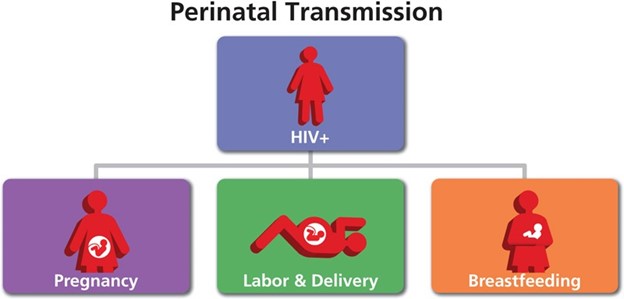The nurse is caring for an infant with suspected pyloric stenosis. Which clinical manifestation would indicate pyloric stenosis?
Abdominal rigidity and pain on palpation
Rounded abdomen and hypoactive bowel sounds
Visible peristalsis and weight loss
Distention of lower abdomen and constipation
The Correct Answer is C
Visible peristalsis and weight loss. These are symptoms of pyloric stenosis, which is a thickening or narrowing of the pylorus, a muscle in the stomach that blocks food from entering the small intestine. Babies with pyloric stenosis often have forceful vomiting, which may cause dehydration.
Choice A is wrong because abdominal rigidity and pain on palpation are not typical signs of pyloric stenosis.
They may indicate other conditions such as appendicitis or bowel obstruction.
Choice B is wrong because a rounded abdomen and hypoactive bowel sounds are also not specific for pyloric stenosis.
They may be seen in other causes of vomiting or abdominal distension.
Choice D is wrong because distention of the lower abdomen and constipation are not related to pyloric stenosis.
They may be due to other problems such as Hirschsprung’s disease or intestinal atresia. Normal ranges for weight gain in infants depend on their age, sex, and feeding method. Generally, infants should gain about 25 to 35 grams per day in the first 3 months of life.
Nursing Test Bank
Naxlex Comprehensive Predictor Exams
Related Questions
Correct Answer is C
Explanation
The patient is showing signs of magnesium toxicity, such as respiratory depression, hyporeflexia, and flushing.
Magnesium sulfate is a high-alert medication that can cause serious adverse effects if not monitored closely.
The nurse should stop the infusion immediately and notify the provider.
Choice A is wrong because calling for a stat magnesium sulfate level will not address the immediate problem of toxicity.
The nurse should act quickly to prevent further complications.
Choice B is wrong because administering oxygen will not reverse the effects of magnesium toxicity.
Oxygen may be helpful for respiratory distress, but it will not correct the underlying cause.
Choice D is wrong because hydralazine is an antihypertensive medication that lowers blood pressure.
The patient’s blood pressure is already within the normal range for a pregnant woman with preeclampsia (140-160/90-110 mm Hg).
Hydralazine may cause hypotension and fetal distress.
Correct Answer is D
Explanation
The correct answer is choice D. Perinatal transmission of HIV is when HIV is passed from a woman with HIV to her child during pregnancy, childbirth, or breastfeeding.

Breast milk from an infected mother can contain HIV and infect the baby.
Choice A is wrong because HIV can be transmitted at any stage of pregnancy, not only in the third trimester.
Choice B is wrong because needlestick injury is not a common mode of perinatal transmission of HIV. It is more likely to occur among health care workers who are exposed to contaminated needles or sharp objects.
Choice C is wrong because HIV can also be transmitted through the ingestion of amniotic fluid, but it is not the only way. Amniotic fluid is the fluid that surrounds and protects the baby in the womb.
Whether you are a student looking to ace your exams or a practicing nurse seeking to enhance your expertise , our nursing education contents will empower you with the confidence and competence to make a difference in the lives of patients and become a respected leader in the healthcare field.
Visit Naxlex, invest in your future and unlock endless possibilities with our unparalleled nursing education contents today
Report Wrong Answer on the Current Question
Do you disagree with the answer? If yes, what is your expected answer? Explain.
Kindly be descriptive with the issue you are facing.
